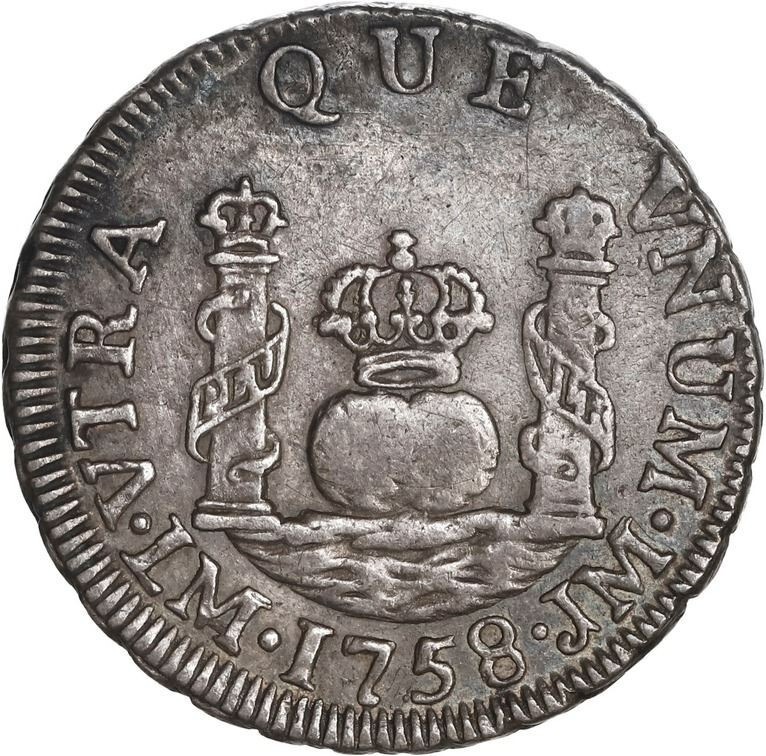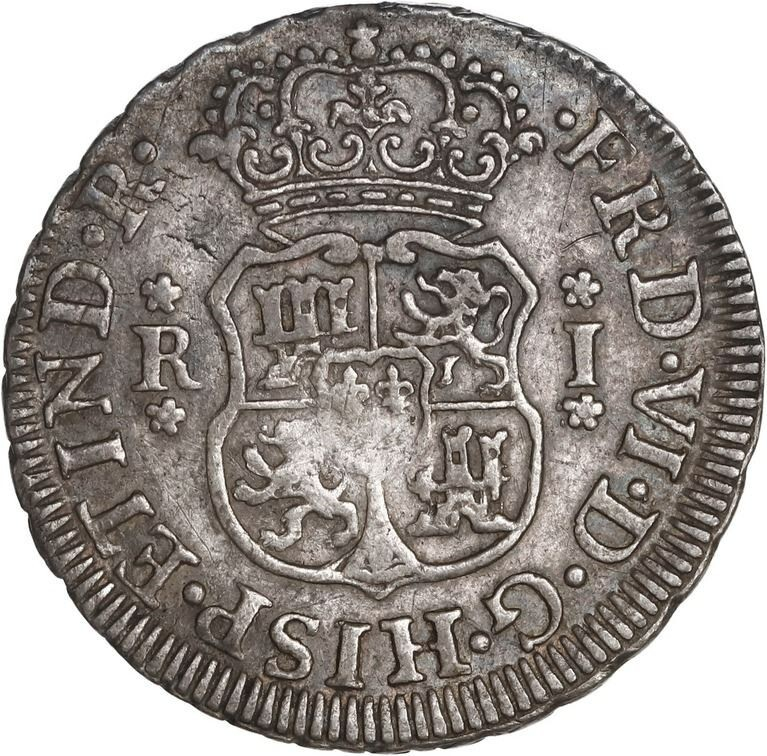What causes these types of ''cracks'' beside the crown (where the ''R'' is located)?
 WildWestHalfDollars
Posts: 6,776 ✭✭✭✭✭
WildWestHalfDollars
Posts: 6,776 ✭✭✭✭✭


I prefer collecting coins in lower circulated condition G04 to F12
0
Comments
Was this when they produced the coin or after? Do these type of areas tend to get worse over time or not?
I prefer collecting coins in lower circulated condition G04 to F12
It looks like plata agria, a term in Spanish numismatics that refers to areas of visible planchet stress marks remaining after the coin has been struck.
I'd guess this, or possibly occurred when the silver was prepared (rolled) into sheets. The metal gets stretched out a little during the rolling process, especially if rolled too quickly. Striking the coin could smooth most of it over, but some may remain.
If you've ever rolled playdough, you've seen this occur. Yes, I made a playdough reference, deal with it
I was referring to the same in my post - metal stress marks that were the result of rolling the silver bar to desired thickness that have not been fully eliminated in the silver strip lamination process, planchet creation, or the coin striking.
Re-reading your post, indeed you were saying the same thing. I first interpreted what you said as something creating during striking of the coin, my mistake.
Hey at least we're in agreement! On the other hand, we don't get to have a forum disagreement, and no popcorn will be eaten.
Well, we can revisit Swamperbob's hypothesis that the stress marks actually point to rushed / poor quality of blank strip creation process and lack of lamination die process to close the cracks that would point to this coin being a counterfeit... You know, just for the popcorn
Apparently Bob never played with playdough as a kid.